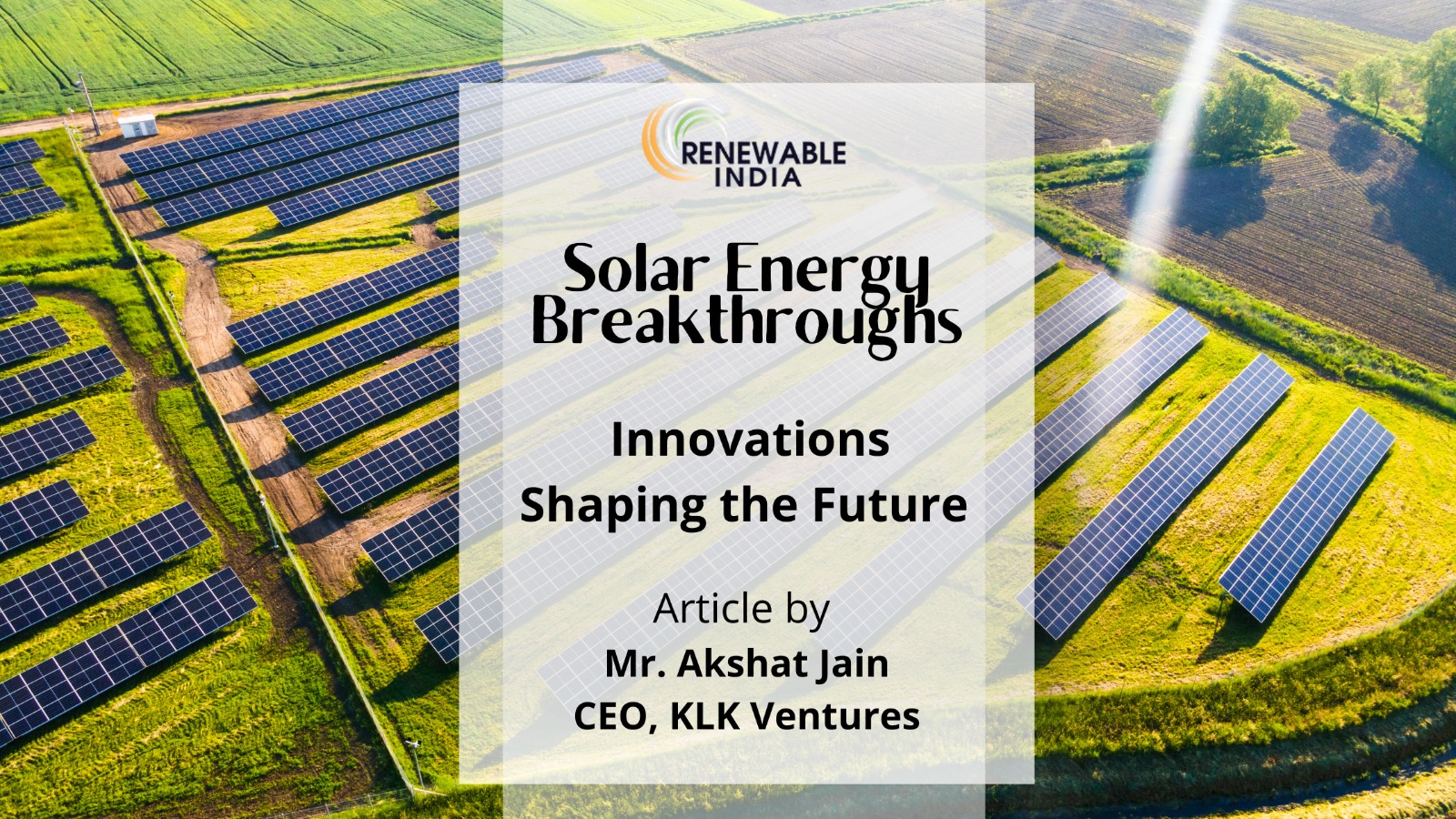
Solar energy has emerged as the most promising clean energy option in the last decade, with its adoption accelerating globally. Governments, businesses, and homeowners alike are increasingly turning to solar power as a viable alternative to fossil fuels. This shift is driven by the urgent need to combat climate change, reduce greenhouse gas emissions, and secure a sustainable energy future. Solar power is both environmentally friendly and cost-effective, making it an attractive option for those looking to reduce their energy bills and carbon footprint.

The affordability of solar energy has dramatically improved, making it one of the cheapest energy sources available today. Technological advancements have significantly lowered the cost of solar panel production and installation, making solar power accessible to a broader audience. As more people and organisations embrace solar energy, understanding the lifecycle of solar panels becomes crucial. This knowledge helps ensure that the benefits of solar power are maximised while its environmental impact is minimised. By exploring how solar panels work and their lifecycle stages, we can better appreciate their role in our transition to a sustainable energy future.
Solar panels, also known as Photovoltaic (PV) systems, are primarily made of monocrystalline or polycrystalline silicon solar cells. These cells are soldered together and sealed under an anti-reflective glass cover. The photovoltaic effect begins when sunlight hits the solar cells, creating electricity. This process is the foundation of how solar panels convert sunlight into usable energy.
The lifespan of solar panels typically ranges from 25 to 30 years. However, with technological advancements and proper maintenance, some panels can continue to operate effectively well beyond this range. Understanding the lifecycle stages of solar panels is essential for maximising their efficiency and minimising their environmental impact.
Solar cells are made from silicon, which is protected by a glass sheet over the panels. This glass allows sunlight to filter through to the cells. When exposed to sunlight, these silicon cells generate an electric current, which is converted to usable AC electricity via an inverter. The extraction of silicon from sand requires high temperatures and substantial energy. During manufacturing, these raw materials are transformed into solar panels. Manufacturers must pay close attention to production techniques to minimise environmental impact.
Transporting the panels from manufacturing units to warehouses and installation sites consumes fuel, contributing to carbon emissions. To minimise this impact, efforts are made to optimise logistics and transportation routes, reducing fuel consumption and enhancing efficiency.
Setting up solar panels has a minimal environmental impact compared to their manufacturing. After installation, solar panels enter their most productive stage, with a life span of 25 to 30 years, often continuing to operate beyond this period. During their operational phase, solar panels replace the need to generate electricity through fossil fuels, significantly reducing greenhouse gas emissions.
As solar panels age, their efficiency gradually declines. Once they reach the end of their productive life, they are decommissioned. End-of-life management involves recycling and disposing of the materials in an environmentally responsible manner. This process ensures that the components of the solar panels are reused or disposed of in a way that minimises environmental impact, promoting sustainability.
In conclusion, solar energy is a cornerstone of the transition to cleaner energy sources, and its use is expanding rapidly. Understanding the lifecycle of solar panels—from sourcing and manufacturing to installation and end-of-life management—is crucial for maximising their benefits and minimising their environmental impact. By optimising each stage of the life cycle, we can ensure that solar panels contribute to a more sustainable and environmentally friendly future. Solar energy is not just a cost-effective solution; it is a pivotal part of our journey towards a cleaner, greener planet.
Leave a Reply